A lush pot of scindapsus ‘dark form’ Usually given an ‘Unknown’ ID. It has a darker base colour and grows large leaves. Pattern has a pixellated look. Multiple cuttings per pot, rooted and growing well.

Scindapsus Pictus Care
These plants are pretty low-maintenance, but let’s get into the nitty-gritty of each aspect of care to help you be successful with your Scindapsus:
Proper Pot Size and Type
Scindapsus pictus is much better off with a smaller pot than an oversized one that holds more soil and, in turn, excessive moisture. Look for a pot that’s up to 2 inches larger than the root ball, and you should be in good shape.
Scindapsus is happy in just about any pot material, including plastic, ceramic or terra cotta. But always make sure that any pot you choose has at least one drainage hole.
If the pot you have your eye on doesn’t have pre-made drainage holes, plant your Scindapsus in a plastic nursery pot (which always has multiple drainage holes). Then set the nursery pot inside your pretty one.
When you need to water, take the nursery pot out. Give the watering, and when the excess water has drained out, replace the nursery pot back inside the larger pot.
Nursery pots come in every size imaginable, so you’ll be able to find one that’s the right size for your plant with no trouble. What’s more, they’re inexpensive and usually come in a multi-pack.
Well-Draining Potting Soil
Scindapsus isn’t overly picky about its soil conditions, but it absolutely must drain well.
Most indoor potting soil blends are formulated for good drainage, so they should work just fine.
Lighting Needs
Place your plant near a window where it will receive at least 4-6 hours of indirect sunlight. In the wild, Scindapsus grows underneath the dense rainforest canopy, so it’s adapted to filtered, bright light.
If you place your plant in a windowsill that receives direct sunlight, be sure to place a curtain or sheer to filter the light and prevent scorching the leaves. You could also situate your plant a few feet back from a south-facing window, or place it in an east or west-facing window.
And if you don’t have access to a window with the right lighting, you can always use a grow light to supplement.
Water Properly
Scindapsus pictus prefers it when its lower soil levels stay slightly moist, but not water-logged. You can test this by sticking your finger into the soil and assessing how it feels.
If it feels dry to about your first knuckle, your plant is ready for some water. Even if this top layer of soil feels dry, the deeper soil is probably still holding onto some dampness, which is just what this plant likes. But when the surface dries out, it’s time to replenish the moisture and start the cycle over again.
If you test the soil and the surface still feels damp, wait another day or two, then test again.
You can also use a moisture meter to get a reading of the water level in your plant’s soil on a scale of 1 to 10. Insert the tip a few inches into the soil, and you’ll get a reading.
If your moisture reading looks like this, you definitely need to hold off on watering for a while! For a plant that prefers moist soil (like Scindapsus), I’d give water when the meter reads a 4.
But watering needs vary based on the season. Like many houseplants, Scindapsus goes into a period of winter dormancy, roughly during October through March. Dormancy is a time of resting for your plant, so growth slows down significantly.
Because of this, your plant can’t absorb and process water as well during this resting phase. Plan to reduce your watering routine by about half to avoid overwhelming and damaging your plant.
Comfortable Temperature
As a tropical plant, Scindapsus grows best in temperatures between 65 degrees and 85 degrees Fahrenheit. That’s a pretty common temperature range for humans too, so your plant is probably happy if you are!
Just be careful not to expose your plant to temperatures lower than 60 degrees, as this tropical native can’t handle conditions that chilly. So make sure to move your Scindapsus away from drafty windows in the winter and strong air conditioning vents in the summer.
Humidity Levels
Scindapsus grows naturally in damp climates, so it appreciates humidity levels of 50% to 60%, but it will tolerate 40% for a time.
If you don’t live in a naturally humid climate, you can do a few things to help your plant stay comfortable:
- Let water evaporate naturally. Fill a tray with small stones, add water to cover the stones and set your plant’s pot on top. This will let your plant absorb the water vapor as it rises, but keep your pot out of standing water. If you’d like to see the process in more detail,
- Make a plant support group. Plants transpire, or release water from their leaves. Placing your Scindapsus near other plants lets them absorb the moisture the other plants release.
- Use a humidifier. This is probably the easiest and most reliable way to increase ambient humidity. We cover this topic in much more detail in our post on humidity and plant humidifiers, so stop by to learn more.
Fertilizing Routine
During the active growing season (spring to fall), Sincdapsus pictus likes a balanced fertilizer about once per month. This formula from The Grow Co is great because it’s organic and an easy-to-use liquid.
Just like with watering needs, seasonal dormancy comes into play with fertilizing as well. Do not give any fertilizer during the dormant months (October-March). Your plant doesn’t need extra nutrients during this time, and the chemical ingredients may end up burning your plant.
Pruning Needs
This plant doesn’t need any routine pruning aside from trimming yellow or brown leaves and cutting off overgrown, sparse vines.
If you’d like to keep your Scindapsus in a fuller, bushier shape, you can trim it a little more aggressively to prevent any stems from getting too long.
Only logged in customers who have purchased this product may leave a review.

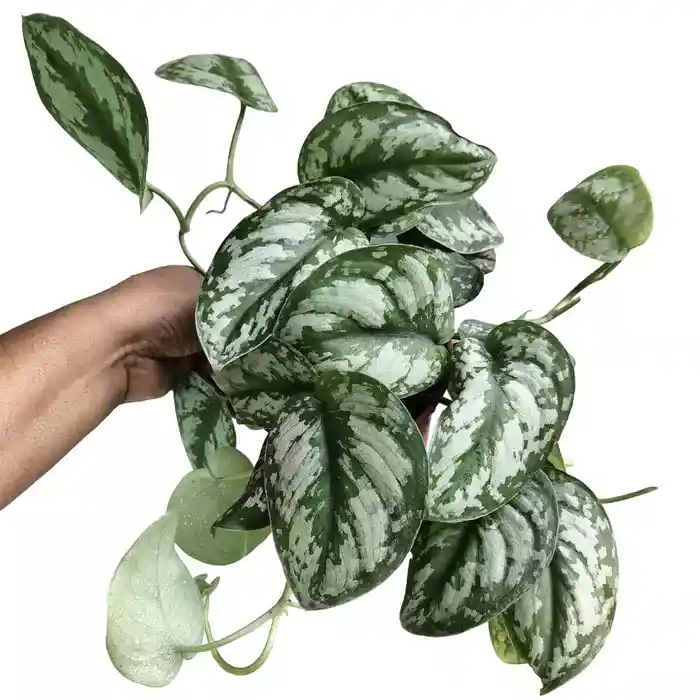

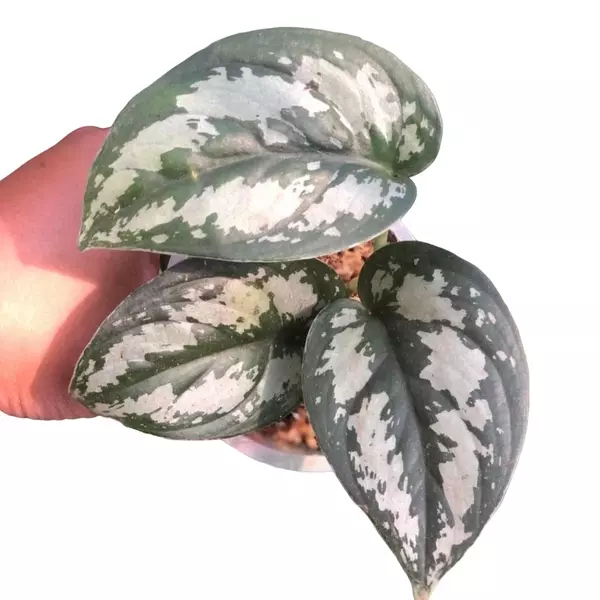
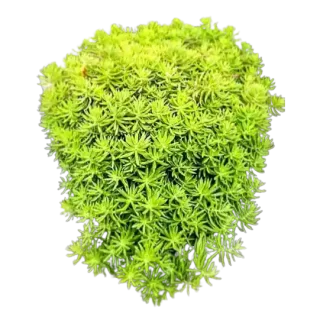

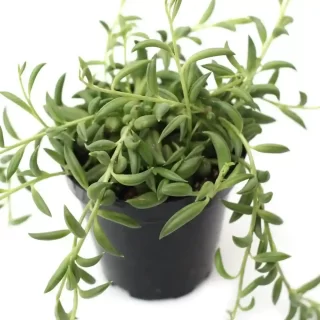



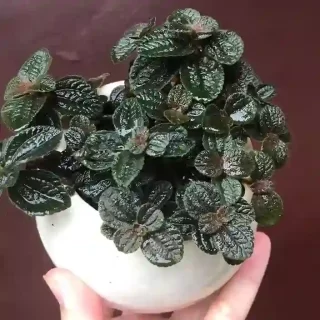
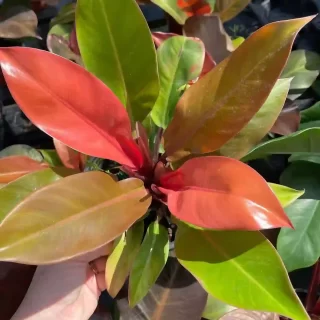
 If you need any assistance, I'm always here. Have you found what you were looking for?
If you need any assistance, I'm always here. Have you found what you were looking for?
Reviews
There are no reviews yet.